- News
- Reviews
- Bikes
- Components
- Bar tape & grips
- Bottom brackets
- Brake & gear cables
- Brake & STI levers
- Brake pads & spares
- Brakes
- Cassettes & freewheels
- Chains
- Chainsets & chainrings
- Derailleurs - front
- Derailleurs - rear
- Forks
- Gear levers & shifters
- Groupsets
- Handlebars & extensions
- Headsets
- Hubs
- Inner tubes
- Pedals
- Quick releases & skewers
- Saddles
- Seatposts
- Stems
- Wheels
- Tyres
- Tubeless valves
- Accessories
- Accessories - misc
- Computer mounts
- Bags
- Bar ends
- Bike bags & cases
- Bottle cages
- Bottles
- Cameras
- Car racks
- Child seats
- Computers
- Glasses
- GPS units
- Helmets
- Lights - front
- Lights - rear
- Lights - sets
- Locks
- Mirrors
- Mudguards
- Racks
- Pumps & CO2 inflators
- Puncture kits
- Reflectives
- Smart watches
- Stands and racks
- Trailers
- Clothing
- Health, fitness and nutrition
- Tools and workshop
- Miscellaneous
- Buyers Guides
- Features
- Forum
- Recommends
- Podcast
feature
 How to fit and remove cleats step 02
How to fit and remove cleats step 02When should you get new cleats?
Cleats gradually wear out over time and stop working as they should, so you need to swap them periodically, but exactly when are they due a change?
The amount of time that cleats last depends on a host of factors including the brand you use, your mileage, your riding style, conditions, how far you walk in your cycling shoes, and so on. All of those factors mean that it’s not possible to give an exact timespan for changing your cleats but here’s the information you need to decide when it’s time for a new pair.
As cleats wear out you’ll often find that their connection with the pedal becomes sloppier. You can sometimes find that it's hard to release your foot from the pedal or, conversely, that you pull your foot off the pedal accidentally. You really don’t want to do that, especially not in traffic, so err on the side of caution when it comes to deciding when to fit new cleats.
Many cleats come with wear indicators to help you decide when it’s time to bin ’em (see below), but don’t rely on these totally. If the wear indicators are still intact but the cleats don’t feel right – if entry/exit is too easy, too difficult, or isn’t smooth, or if the connection to the pedal isn’t snug – change them anyway.
When buying replacement cleats, remember that most systems offer options with different amounts of float (the amount your foot can move before you unclip).
Shimano
Shimano told us, “Shoe cleats wear in different ways depending on how the rider uses their shoes.
“The cleats should either be replaced when it becomes difficult for the rider to release themselves from the pedal, or when the cleat starts to release with much less effort than when it was new.
“Before replacing a cleat you can adjust the binding mechanism [on the pedal] with an Allen key, which alters the grip the pedal has on the cleat. If that fails to address the releasing issue then you can make a visual check on SPD-SL cleats too.
“If you can see the cleat body underneath the coloured pads on the front and back of the SPD-SL cleats this suggests it's time to change your cleats.”
In other words, if any section of the cleat’s coloured tips has worn through to the point that you can see the cleat body below, that's an indication that it needs replacing, according to Shimano (above is a pic from Shimano's dealer manual to illustrate the point).
New Shimano SPD-SL cleats have a list price of £20.99. Shimano offers SPD-SL pedal cleat covers for £14.99 to add grip and protect your cleats when you walk.
Read our Buyer's guide: performance pedals here.
Look
Look Kéo cleats come with wear indicators that tell you when they need replacing.
Look Kéo Grip cleats have polyurethane anti-slip pads at the front and rear to stop you sliding around like a sheep on lino when you walk. These have two wear indicators at the front and two more at the rear that appear with use.
“It is dangerous to use the cleats if one or more of the wear indicators are visible,” says Look.
A new set of Look Kéo Grip cleats has a list price of £17.99 but you can find them for significantly less if you shop around.
Other Kéo cleats come without the polyurethane pads. It's time to change these when white material shows through the cleat’s main red, grey or black material.
It’s the same story if you use Look’s Delta cleats (£15.00).
If you’re walking more than a few metres to and from your bike in your cycling shoes, Look advises you to use Kéo Covers (£9.99). These protect your cleats and make walking a bit more manageable.
Check out our guide to getting started with clipless pedals here.
Time
Time — now owned by SRAM — currently offers four different sorts of cleats: iClic for XPro and XPresso road pedals; RXS for the now-discontinued RXS and Impact road pedals; and ATAC for mountain bike pedals, also available in an ATAC Easy variant with 10° clip-out angle instead of the ATAC cleat's 13° or 17°. Obviously, you need to buy the right sort for the pedals you use.
Sets of Time iClic (above) cleats each have an RRP of £18.99 for the floating version and £23.99 for fixed..
It must be said that Time’s road pedal cleats have a bit of a reputation for wearing out quickly if you walk any more than an absolute minimum in them.
"It is difficult to identify a hard and fast rule to determine how often cleats should be replaced," said Time. "There are many factors involved such as the number of miles ridden each year, type of terrain ridden on and how often the shoes are used to walk in.
"Depending on how heavily they are used could mean that the same set could need to be replaced every six months with one rider and every year with another.
"The best way to know when your cleats should be replaced is when you start to have play between the sole of your shoe and the pedal."
Time doesn’t make cleat covers and we haven't been able to find anyone else who does either.
Wahoo Speedplay
Speedplay (now owned by Wahoo) says, “Replace cleats at least every 3,000-5,000 miles or sooner if the cleat parts show advanced wear.”
This applies to cleats for the current Speedplay models Nano, Zero, Comp and Aero (all based on the old Zero) and the old Light Action and X pedals. We’re not going to rebut that official advice, but we’d add that you need to keep an eye on the springs and replace them if they show signs of wear.
“Lubricating the cleat springs with a dry-type (PTFE) lubricant and keeping the cleats free of dirt and debris by cleaning them regularly will greatly extend the life of your cleats,” says Speedplay.
Speedplay cleats are expensive – the RRP for a pair of Speedplay’s Standard Tension cleats is £49.99 – but they tend to last much longer than plastic cleats. That's helped by the rubberised covers that stay on the cleats while you’re riding. They provide extra traction and protect the cleats from wear when you walk.
“Never ride on parts that are damaged or show excessive wear,” says Speedplay. “Never install cleats using any combination of new cleat parts and old cleat parts.”
Positioning new cleats
You can draw around your old cleats with a crayon or some chalk before removing them in order to fit your new ones in exactly the same place.
Some people prefer to mark the position with tape while Look Kéo cleats have their own positioning system, although it only works with certain shoes.
We'd advise you to use a torque wrench to tighten the bolts to the manufacturer's guidelines.
Do you have any advice or information to add? We're always keen to hear your top tips, so do post them below in the comments.
Mat has been in cycling media since 1996, on titles including BikeRadar, Total Bike, Total Mountain Bike, What Mountain Bike and Mountain Biking UK, and he has been editor of 220 Triathlon and Cycling Plus. Mat has been road.cc technical editor for over a decade, testing bikes, fettling the latest kit, and trying out the most up-to-the-minute clothing. He has won his category in Ironman UK 70.3 and finished on the podium in both marathons he has run. Mat is a Cambridge graduate who did a post-grad in magazine journalism, and he is a winner of the Cycling Media Award for Specialist Online Writer. Now over 50, he's riding road and gravel bikes most days for fun and fitness rather than training for competitions.
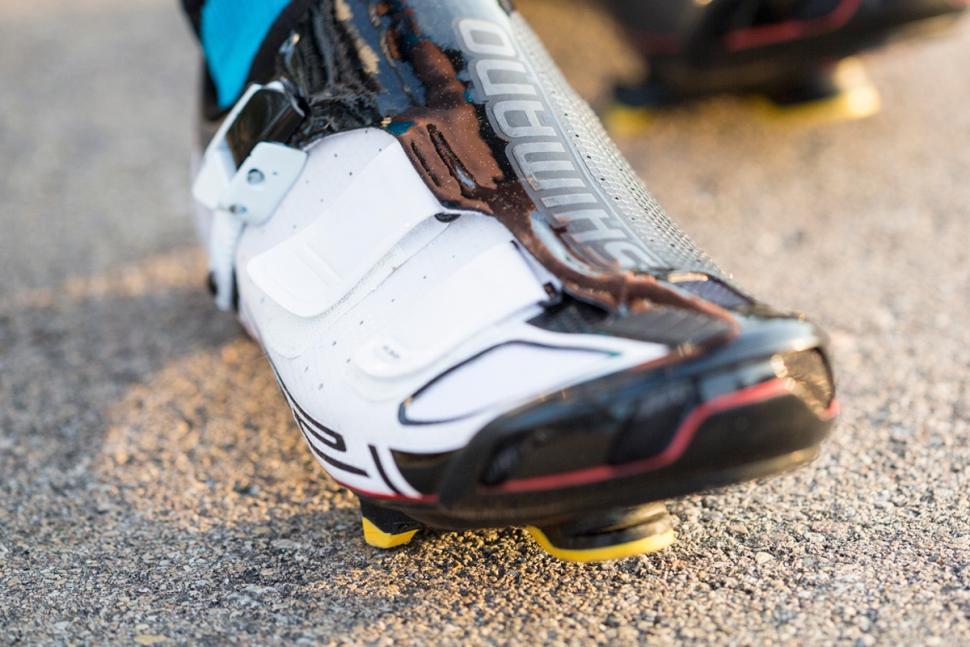

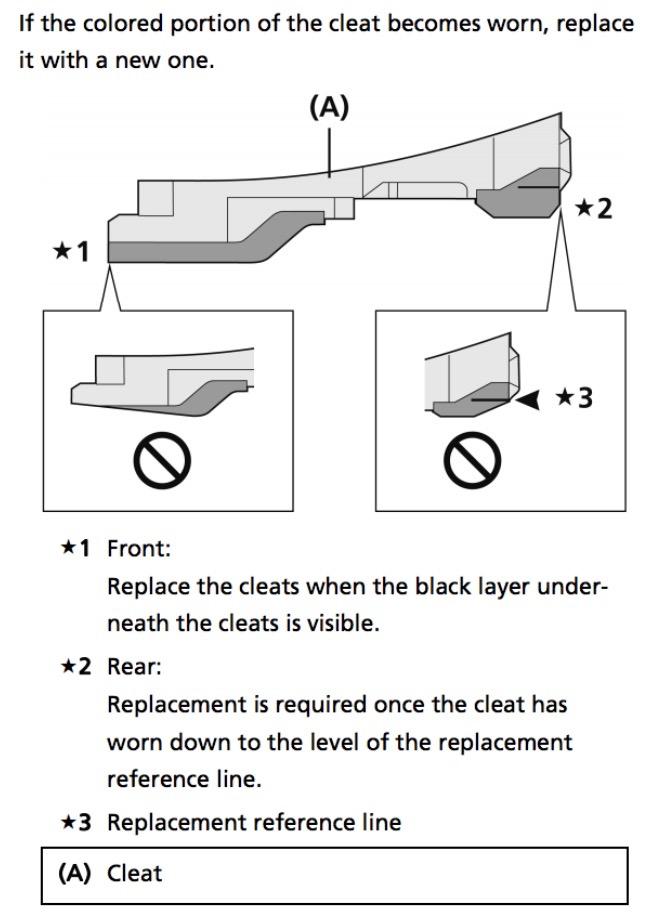
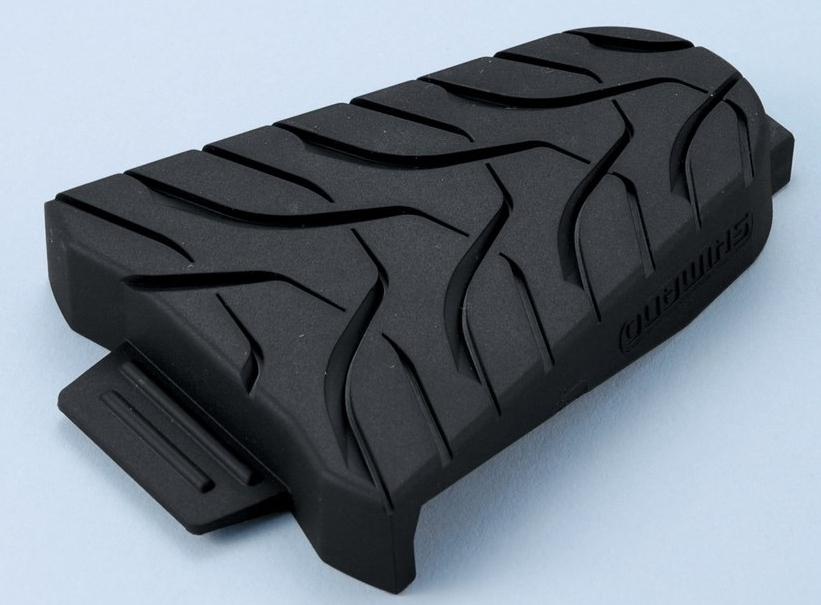




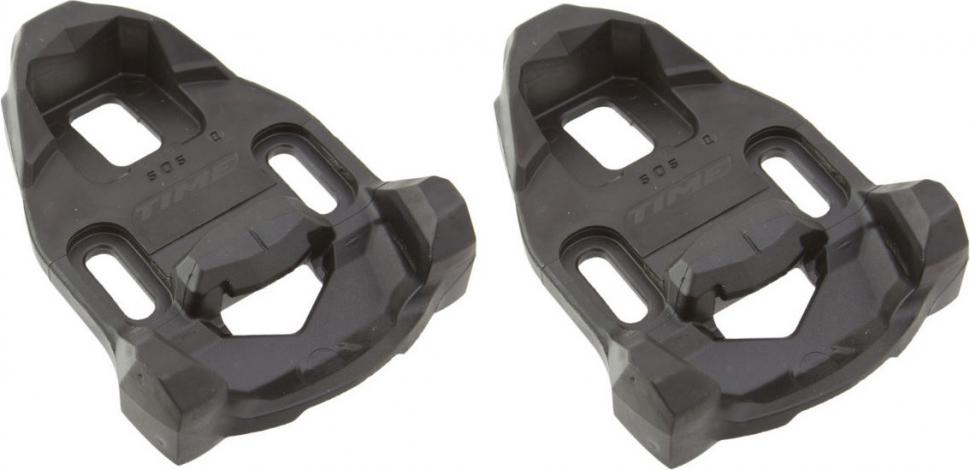
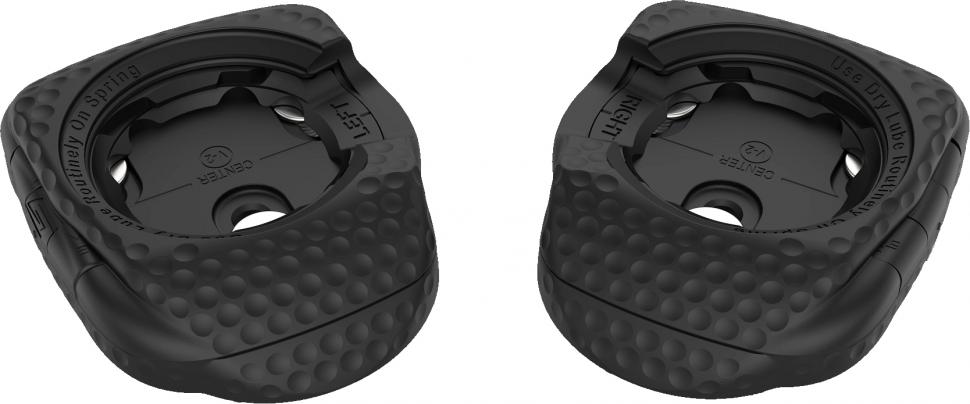
How can you know that you are "equally fearful" as "any female cyclist"? There is no possible way of quantify such emotions and female cyclists...
I think it would be fairer to blame the moon - as in "my client is a loony".
Nice idea but Gloucestershire Constabulary are not interested as exemplified by this prvious NMOTD. Not only was there NFA for the close pass in...
The war years would work - 1917 (39 mill) or 1942 if you're rounding up (44 mill). Buy yes, it's been an upward trajectory since then.
Flippin heck!
Peace Was Never An Option
I think black boxes are great for early detection of cognitive decline and/or sight problems. Someone's driving is going to become much less smooth...
It's a fashion. https://guildford-dragon.com/shalford-driver-who-smashed-shalford-war-me...
Robin Phans .....
Well it would be irresponsible enough if there were only cars and buses, if there are going to be "cars, buses and traffic" that's just suicidal...